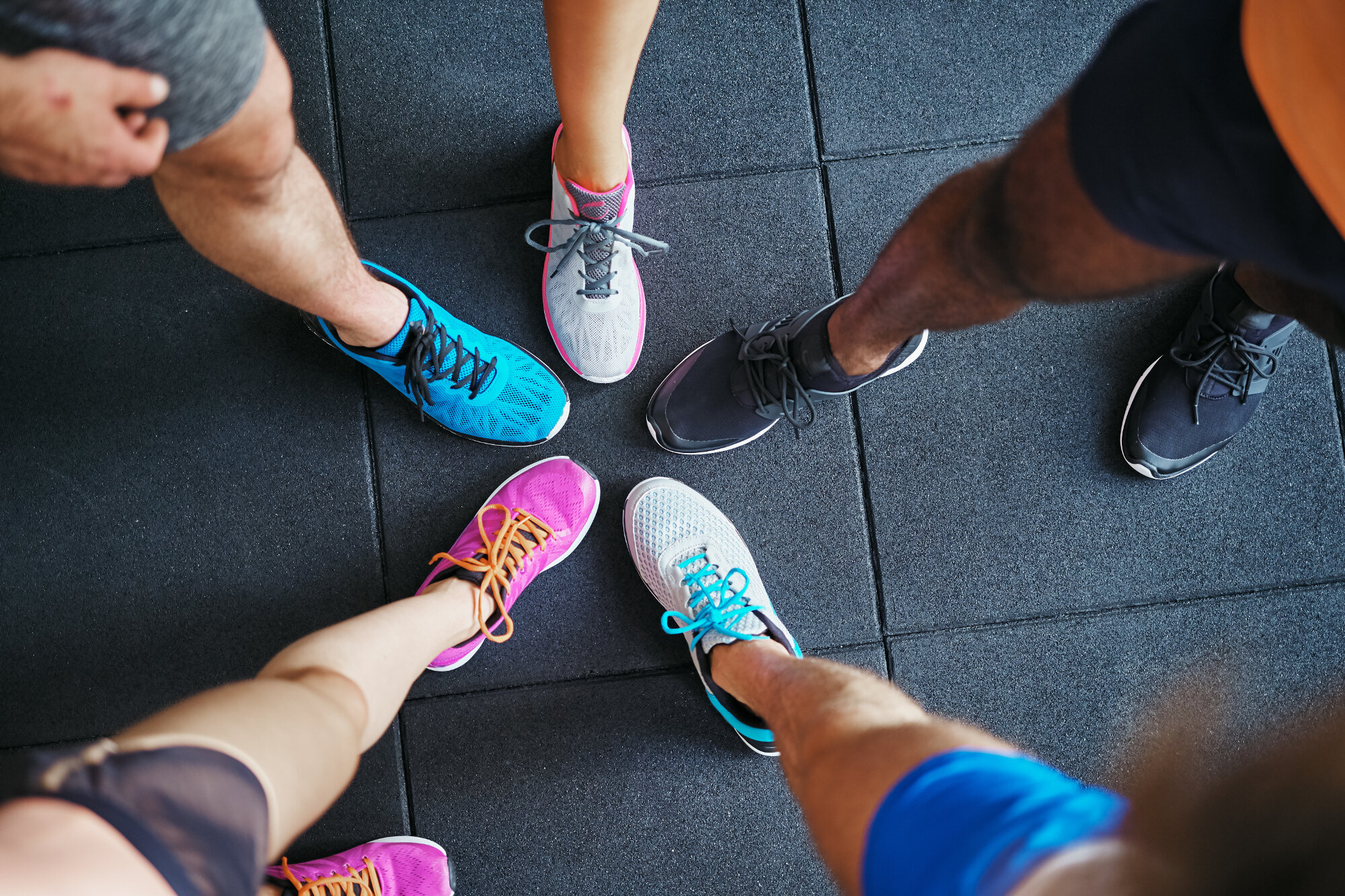How to Break in a New Pair of Running Shoes
A good pair of running shoes can mean all the difference in your performance while running. Although your own strength and fitness are most important, the right pair of shoes can provide the small extra advantage you need to go that extra mile. Of course, with all the wear and tear that we put our running shoes through, they tend to need replacement more frequently. This means that every few months to a year, depending on how much you’re running, you’ll be back at the first step of getting used to new shoes: breaking them in.
Why break in your running shoes?
It’s easy to get ahead of yourself when you finally pick up that brand new pair of running shoes. They’re comfy, clean, and the first thing that’s likely going through your mind is how excited you are to hit the road in them. However, going straight for a run with a new pair of shoes isn’t always the greatest idea.
Generally, the risks of running in new shoes aren’t too severe, but it is a good way to wind up with painful feet and heels, and that will keep you away from running for a few days. Between blisters and painful pressure points, there’s nothing to take the motivation out like sore feet. So what’s the solution to this problem? Simple: get into the habit of breaking in every pair of running shoes before you run in them.
Now that you understand the importance of breaking in your shoes, we’ll go over the best method to make them more comfortable, so they can provide you with the support you need to run your best.
1. Walk, then run
When you first pick up your new runners, you’ll probably be excited to get straight to running in them. However, it’s best to start slow when breaking in running shoes. Before you take them for their first spin, do some light walking in them. Not only does this start the breaking in process, it’s also a low risk way to see if there are any issues with the fit of your shoes.
You can start by pacing around at home to get a feel for the shoes, and then graduate to short walks in the neighbourhood. If you’re starting to feel any pain or discomfort in your feet while wearing the shoes, take a break from them to prevent a more serious problem from developing, such as blisters.
2. Ease back into your routine
Once you’ve started to get used to walking in your running shoes, it’s time to get back to running. However, you should ensure you’re gradually getting back into your usual running regime. Don’t go straight for a half marathon with new shoes! Instead, work your way up a little at a time, and check in with yourself after every run. Are you in any pain or discomfort? Is it more or less severe than the last time you used those shoes?
You don’t need to take a break from running altogether during the break in period either. If you’re taking time to adjust to new shoes, you could always go back to your older ones for a couple days while your feet recover, allowing you to safely keep up with your usual routine.
3. Make sure they’re fitting properly
One of the biggest mistakes you can make with new runners is compromising on the fit. Too many people choose ill-fitting shoes for the convenience or style factor, when in reality it all comes down to comfort and support. Even if the shoe is the right size for you, the width, height, and cushioning of the shoe can mean the difference between comfortable running and agonizing pain.
When you do your post-run check in with yourself, see if there are particular spots that don’t seem to be improving as you wear the shoes. This could be your instep, heel, or toes. Sometimes these problems will resolve themselves as you break in the shoes, but often they won’t. If you’re having consistent issues with the sizing of your new shoes, you should do what you can to return them and find a better fitting pair.
4. Persevere
Unfortunately, there often comes a time in the breaking in process that simply comes down to persevering. You’ll likely experience some discomfort when the shoes are still stiff, such as blisters or general soreness in your feet after a long run. If you’ve ensured the shoes are fitting and you’re properly pacing yourself, you may need to just push through the discomfort until they’re fully broken in. Be careful not to overdo it, and don’t be afraid to spend a couple days in your older shoes in order to give yourself some time to recover.
5. Enjoy your new shoes!
Given enough time, your new shoes will start to work better and better for you. Sadly, most of us aren’t able to easily get our hands on custom runners, but a well-broken pair is no doubt the next best thing. Take your time when adjusting to them, and you’ll be enjoying the benefits of your new shoes in no time.
If you have more questions about running equipment, choosing and breaking in running shoes, technique, or anything else related to the way our bodies work when it comes to exercise, look no further than the experts at Triumph Physio and Wellness. We’re highly experienced in all things exercise and mobility, and can confidently give you some great suggestions on how to make the most of your exercise routine.
Contact us today for any other questions or to book an appointment!
Creative Commons Attribution: Permission is granted to repost this article in its entirety with credit to Triumph Physio and Wellness and a clickable link back to this page.

